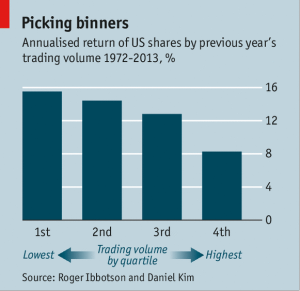It is a good idea to understand how much you are paying your advisor and the investment managers who manage your money, so that you can evaluate the value you are receiving for money paid. There are generally three types of costs associated with investing:
• Investment management fees: if you own mutual funds, Exchange Traded Funds (ETFs), segregated funds, a work RRSP or a defined contribution pension plan, there is a management company in the background making decisions about what stocks and bonds to buy or sell on your behalf. These managers (for example Mackenzie, Fidelity, Sun Life, RBC) charge a fee which is usually disclosed in Fund Facts documents and marketing materials, but is not otherwise visible. The fee is charged on the total value of the money you have in each fund, and is deducted monthly. It typically ranges from 0.1% up to 1.5% per year. A lower fee is not always better. What you should look for is the best after-fee returns for a given level of risk. One manager may charge a higher fee than another, but uses those fees to hire the best analysts, top-tier managers and has offices and researchers in other parts of the world, which allows it to earn higher returns, even after fees. Another manager may focus on earning steady returns with low down-side risk. Their fees are justified by providing you with greater peace of mind.
• Institutional costs: there are many institutions in Canada which sell investments (for example HollisWealth, CIBC, Manulife, Investors Group, Scotia McLeod, Edward Jones, etc.) The institution you are with is responsible for providing you with statements, online access to your accounts, contribution receipts and tax statements. They also process transactions in your account, make sure that your accounts comply with securities regulations and ensure that your advisor is licensed and qualified to advise you about your investments. Most institutions have proprietary investment portfolios. Their investments may be managed by their own investment managers or they may select a number of external institutional managers to manage different parts of the portfolio (bonds, Canadian equities, Global equities, etc.) Your institution may charge you monthly and/or annual fees, and/or charge commissions for transactions. They may also receive commissions and ongoing service fees from mutual funds.
• Advice: brokers, mutual fund advisors, bank employees, insurance agents, and financial planners offer different levels and types of advice on investments, tax planning, estate and retirement planning. Unless you are a do-it-yourself investor, your financial advisor is probably the most important point of contact with the investment world. He or she is responsible for understanding what your goals and objectives are, developing and implementing tax strategies, investment plans, estate planning, retirement income planning and risk management. Advisors also meet with, research and evaluate the managers who look after your money and/or research and recommend individual stocks. Fee-only planners charge you a fee directly for their financial plan and asset allocation advice, and refer you to an investment manager for the day-to-day management of your investments. Advisors and brokers are paid a portion of the fees charged by your institution. Insurance agents and bank employees may earn a mix of salary, commissions and/or bonuses, depending on what products they sell.
Even if it seems that you are not paying anything to have your investments managed, you can be sure that the people working on your behalf are not working for free. Understanding how much you are paying, and to whom, is the first step in making sure that you are getting good value for the money you spend.
Finding out is as easy as asking your advisor the question: “How much am I paying to you, to my institution, to the managers who manage my money?” Once you know what your costs are, the next step is to look at the value you are receiving. How has your performance been relative to a benchmark? Are you receiving financial planning, tax advice, information about your investments, good client service, etc. But that’s a topic for another blog…

